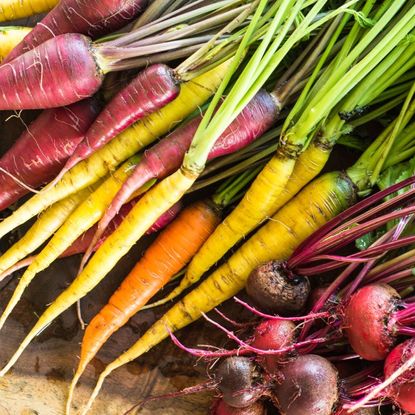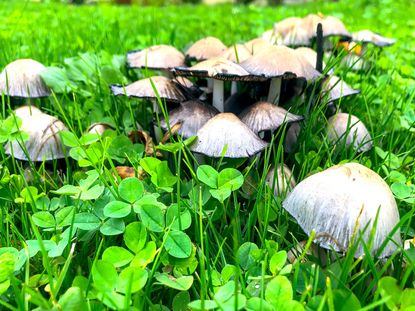Vegetables
There’s nothing quite as good as eating home grown veggies from the garden. While growing garden vegetables may seem daunting at first, learning how to grow vegetables yourself shouldn’t be intimidating. Most vegetable plants are easy to grow, and there are numerous types of vegetables that can be grown to satisfy even the pickiest of eaters. Here you can learn everything from starting vegetable seeds and caring for vegetable plants throughout the season to harvesting your crops and storing them once it’s come to an end.
-
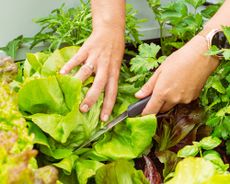
9 Cut And Come Again Crops For Small Spaces
Limited space is not an impediment to growing your own food. Cut and come again vegetables and herbs will save money, space, and provide fresh produce from the same plant all season long.
By Bonnie L. Grant
-
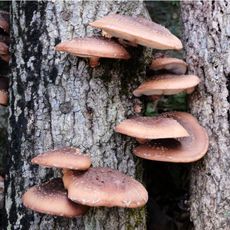
Which Types Of Wood To Use For Growing Fungi
Wondering about the best logs for mushroom plugs? Match the mushroom type to the tree variety for a great crop of delicious mushrooms.
By Bonnie L. Grant
-
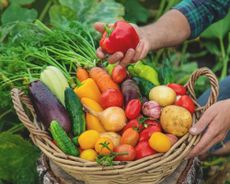
Plant An Italian Cook’s Vegetable Garden: 8 Authentic Varieties To Grow
Bring the luscious, bright flavors of Italian cuisine into your home with an Italian cook’s garden filled with the country’s best produce.
By Bonnie L. Grant
-
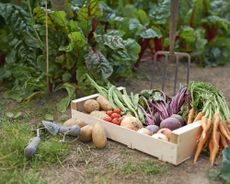
6 Plant-And-Forget Vegetables That Will Thrive Even When Neglected
Nothing beats the flavor of home-grown vegetables, but if the thought of all that maintenance puts you off, then these no-fuss crops are the way to go. Get set to enjoy maximum fruits from minimal labor.
By Melanie Griffiths
-
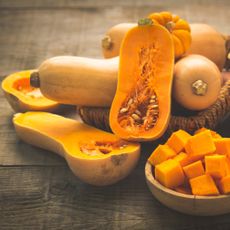
How To Grow Butternut Squash Plants
Growing a butternut squash plant makes a tasty and prolific addition to the garden. Learn how to plant, grow and harvest this nutritious vegetable.
By Jackie Rhoades
-

7 Superfoods You Can Easily Grow In Your Home Or Garden
Don’t splash out on expensive superfoods at the grocery store – discover the most nutrient-dense vegetables that even beginner gardeners can grow with minimum fuss.
By Melanie Griffiths
-
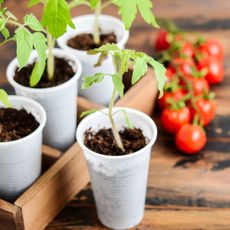
Growing Tomatoes Indoors: Top Tips For Year-Round Tomatoes
Want to get more out of your tomato growing season? Growing tomatoes indoors takes a bit of planning, but get it right and you’ll be able to grow more toms for longer
By Bonnie L. Grant
-
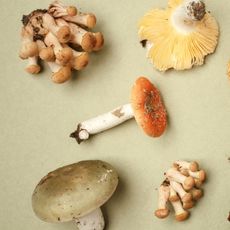
Types Of Edible Mushrooms & Their Poisonous Look-Alikes
Types Of Edible Mushrooms & Their Dangerous Doppelgangers
By Bonnie L. Grant
-
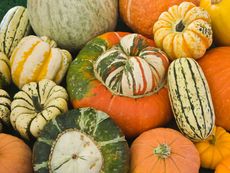
Sweetest Squash To Grow: 6 Best-Tasting Squash Varieties For Your Kitchen Garden
If your quest for the sweetest squash to grow and harvest is feeling fruitless, worry not. We reveal the very best-tasting squash varieties.
By Amy Grant
-
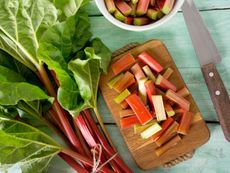
How To Store Rhubarb & Preserve Post-Harvest
Delicious in desserts, there are several methods of rhubarb preserving that will make it last long after the harvest.
By Bonnie L. Grant
-
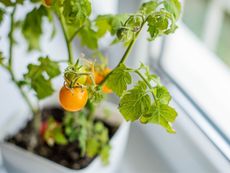
Tips And Tricks For Overwintering Tomato Plants
Don’t throw that favorite tomato plant away when it’s finished. Overwinter it to get the same luscious fruit next summer.
By Amy Grant
-
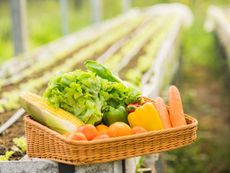
GMO vs. Hybrid Vs. Heirloom Vegetables – Know Before You Grow
The differences in seeds can be confusing. Know about heirlooms, hybrids and GMO before you buy.
By Bonnie L. Grant
-
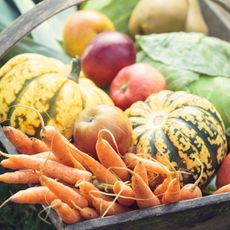
Our Complete Guide to Vegetable Gardening
Our complete guide to vegetable gardening is the perfect instructional tool for those new to growing veggies and a great refresher for master gardeners.
By Gardening Know How
-
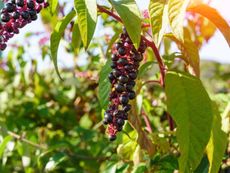
Pokeweed In Gardens – Tips On Growing Pokeberry Plants In The Garden
Pokeberry is a hardy, native perennial herb normally considered an invasive weed. Others recognize it for its amazing uses. Interested in growing pokeberry plants? Click here to find out how to grow pokeberries and what uses there are for pokeberries.
By Amy Grant
-

How To Make A Pumpkin Spice Latte From Homegrown Pumpkins
Few items spell fall like pumpkin spice. But can you make your own with pumpkins from the garden? Click to find out.
By Bonnie L. Grant
-
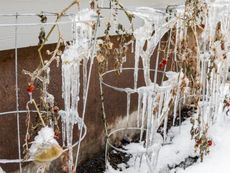
How To Protect Tomatoes From Frost
A surprise frost can destroy your tomato plants prematurely. They can be protected and put to good use, even if they get too cold.
By Laura Miller
-
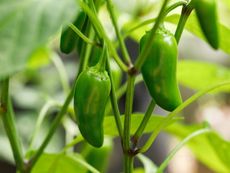
Jalapeño Plant Care - How To Grow Jalapeño Peppers
Plant jalapeños when the ground is warm and you'll be rewarded with delicious heat all summer long.
By Susan Patterson
